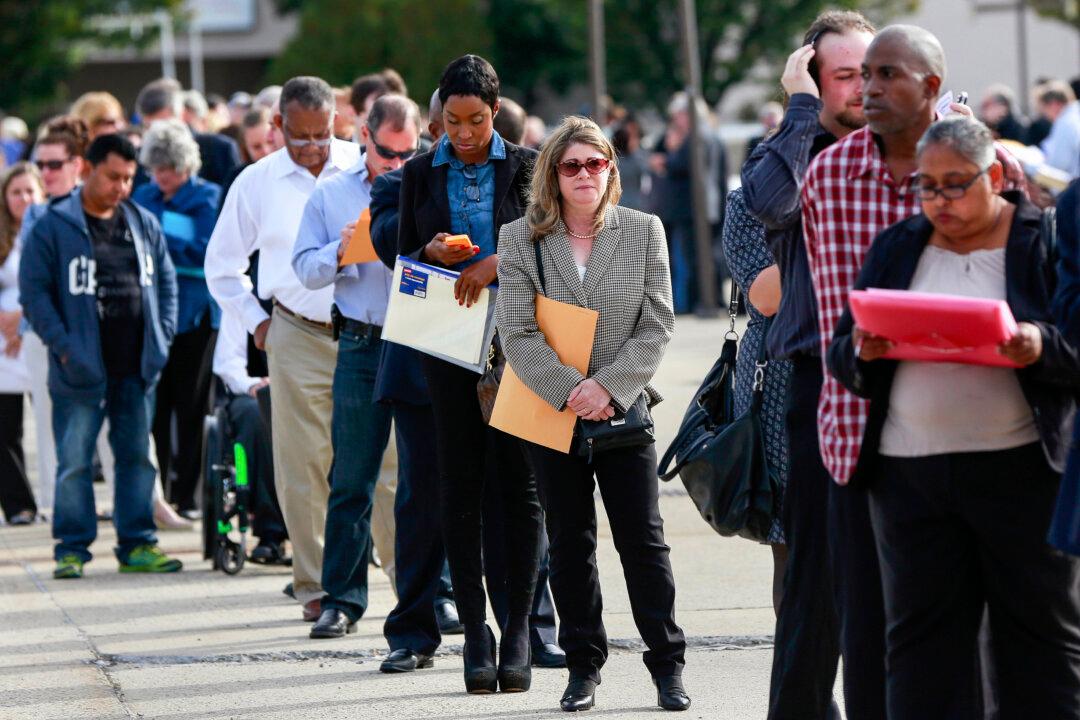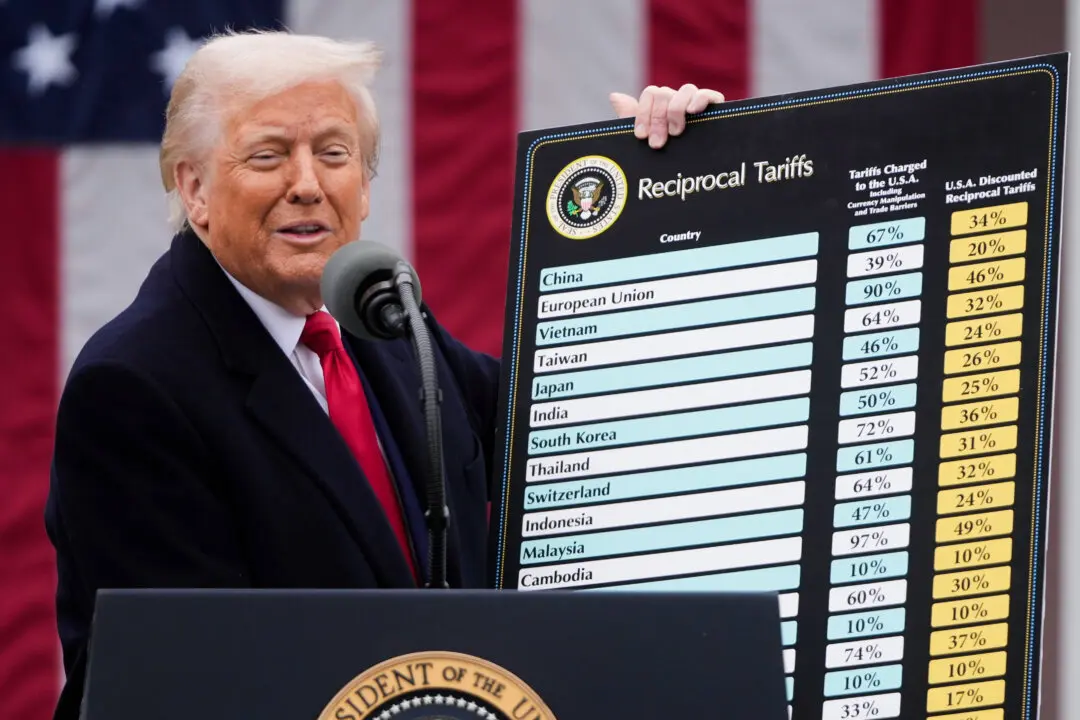The U.S. economy created fewer jobs than expected while the unemployment rate increased, signaling that the labor market could be going through a rapid deceleration at a time when the Federal Reserve could soon be cutting interest rates.
According to the Bureau of Labor Statistics (BLS), there were 114,000 new jobs in July, down from 179,000 in June. This fell short of the consensus estimate of 175,000.





